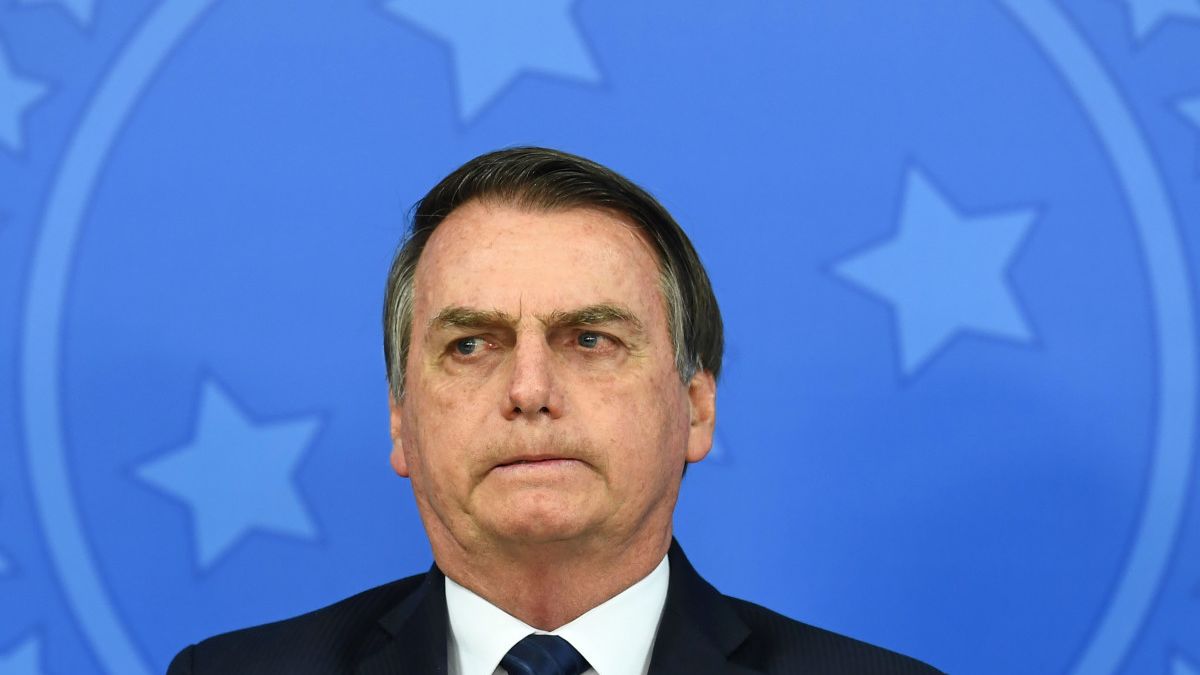US Federal Reserve
Fed cuts key interest rate again – likely to decline more slowly in 2025
Copy the current link
At its last meeting this year, the Fed decides to move interest rates. The roadmap for 2025 shows that the US Federal Reserve wants to proceed on sight. Trump is also likely to play a role.
The US Federal Reserve is cutting its key interest rate for the third time in a row – but is predicting fewer interest rate cuts than before for the coming year due to persistently elevated inflation. At the same time, Fed Chairman Jerome Powell emphasized that it was still too early to include the economic measures announced by future US President Donald Trump in the forecasts. “It’s very premature to try to draw any conclusions,” Powell said, referring to sweeping tariffs that the Republican is threatening.
The New York stock exchanges came under heavy pressure in view of interest rate developments in the coming year. On the financial market, investors fled risky assets on a large scale after the records that had been recorded again and again since the beginning of November. The euro also fell significantly after the Fed’s statements.
The interest rate hike was no surprise
At its last meeting this year, the central bank of the world’s largest economy decided – as analysts expected – to make a small interest rate hike of 0.25 percentage points. This means that the key interest rate is now in a range of 4.25 to 4.5 percent. Commercial banks can borrow central bank money at this rate. The Fed’s decision-makers expect an average key interest rate of 3.9 percent for 2025 – in September it was still 3.4 percent. This suggests two small rate cuts instead of four as previously thought in 2025.
“Inflation has moderated significantly over the past two years, but is still slightly elevated,” Powell said. The central bank’s forecasts also show this. For the coming year, the Fed expects an average inflation rate of 2.5 percent – in September the forecast was 2.1 percent.
Powell: “We are still on the right track”
Core inflation, i.e. without taking food and energy prices into account, is also expected to be 2.5 percent next year (September forecast: 2.2 percent). The central bankers pay particular attention to this value in their analysis. It reflects the general price trend better than the overall rate because components that are susceptible to fluctuation are excluded.
This data explains the slower pace of interest rate cuts next year, Powell emphasized. “Nevertheless, we still believe we are on the right track to further reduce interest rates.” The Fed’s classic job is to keep inflation under control. It aims for an inflation rate of two percent in the medium term. For the Fed, the fight against high consumer prices is a balancing act. If interest rates are too high, there is a risk of a recession. If interest rates are lowered too early, the inflation rate could rise again.
Good economic data for the USA
In the summer of 2022, the inflation rate was more than nine percent. In response to high consumer prices, the Fed raised interest rates at a record-breaking pace. Asked whether Powell would rule out a rate hike next year, he said: “In this world you can’t rule things out completely.” However, an increase is not likely.
The resilient US economy and the strong labor market now give the central bank the necessary leeway to stick to its high interest rate policy for longer. “The US economy is developing very, very well,” said the central bank chief. According to current forecasts, the gross domestic product (GDP) of the world’s largest economy is expected to grow by 2.1 percent in 2025 (September: 2 percent). The Fed is forecasting growth of 2.5 percent this year (September: 2 percent).
Trump’s tariff plans are a source of uncertainty
Powell was also asked several times about Trump’s plans in the press conference after the Fed meeting. He has announced the introduction of far-reaching import tariffs. According to economists, this could lead to higher inflation. Trump repeatedly rejects the experts’ predictions.
Fed Chairman Powell did not want to commit to the possible impact of the tariffs. “We don’t know which goods from which countries, for what period and to what extent will be subject to tariffs,” he said. It is also not known whether affected countries would impose retaliatory tariffs. It is therefore not possible to say at this point how this will affect consumer prices.
dpa
Source: Stern




